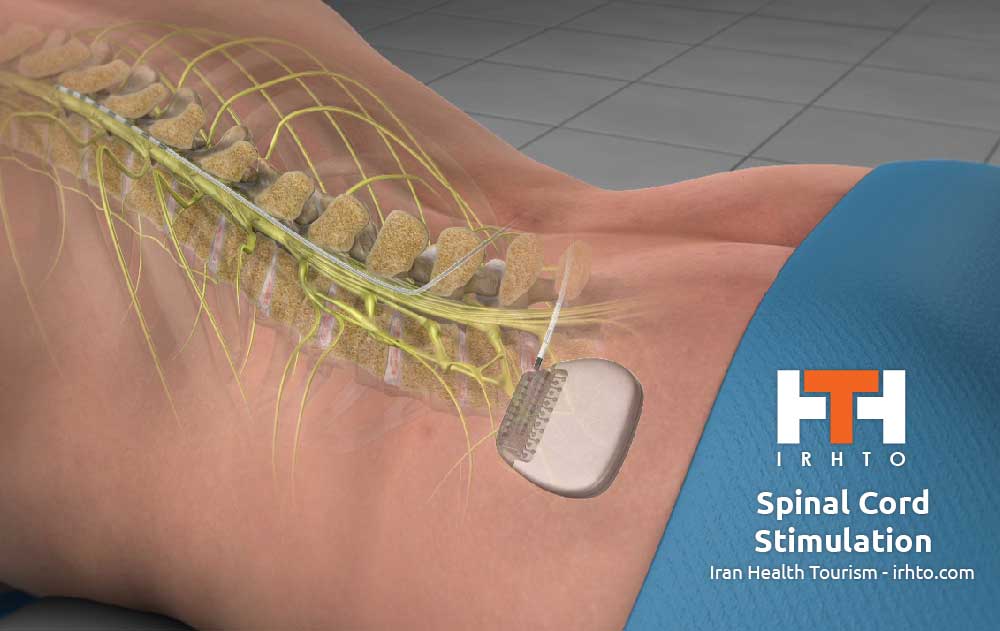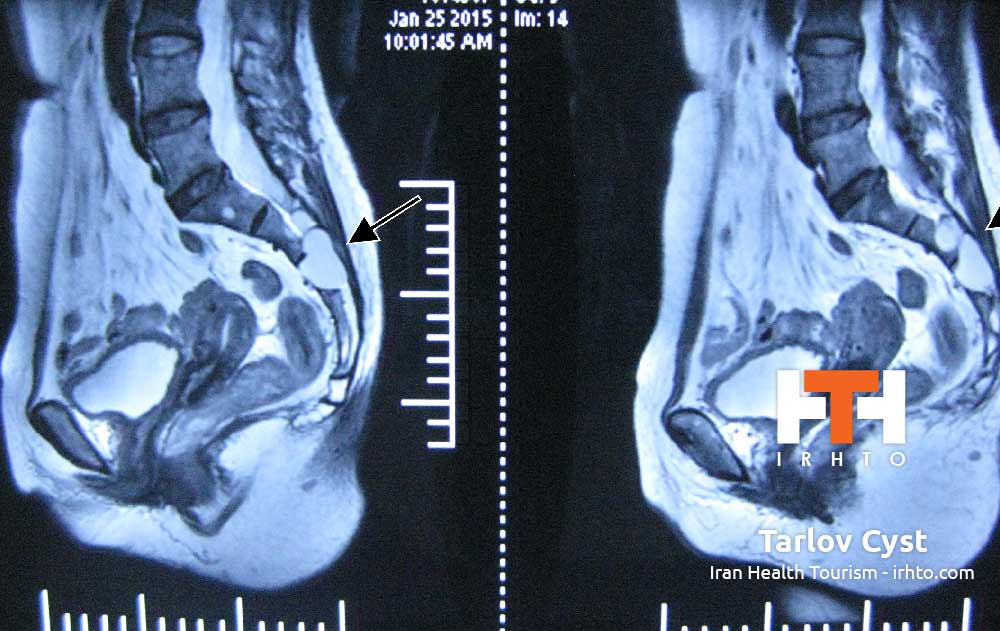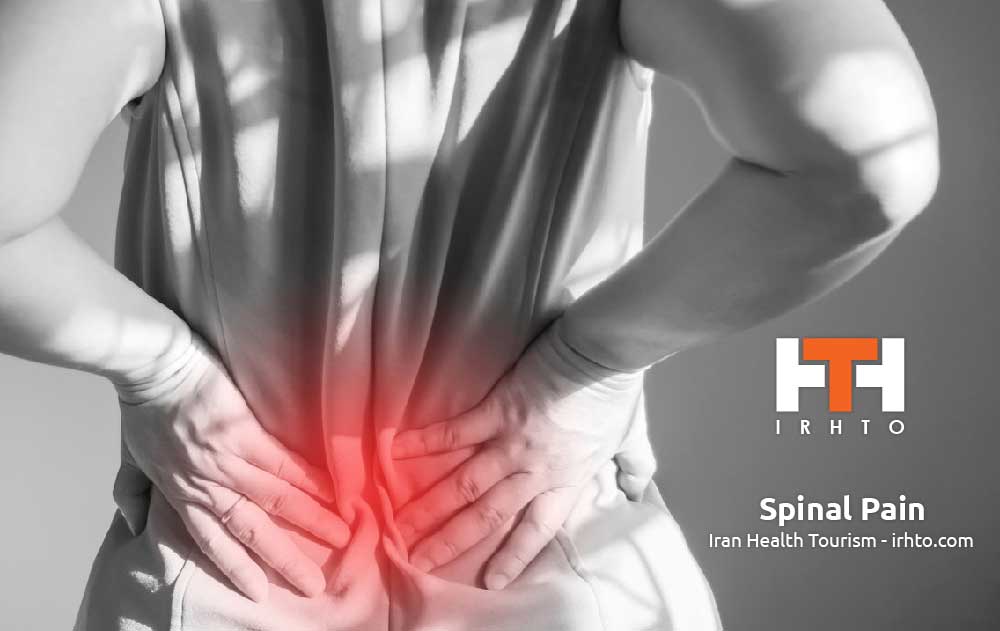
Spinal Cord Stimulation
Chronic pain is long standing pain that persists beyond the usual recovery period or that accompanies a chronic health condition. Because this pain is not protective and is not a result of an ongoing injury, it is referred to as “pathological” and is therefore treated as a condition, not as a symptom. Chronic pain may prevent people from working, eating properly, participating in physical activity or enjoying life.
Spinal cord stimulation (SCS) is a pain-relief technique that delivers a low-voltage electrical current continuously to the spinal cord to block the sensation of pain. SCS is the most commonly used implantable neurostimulation technology for management of pain syndromes. As many as 50,000 neurostimulators are implanted worldwide every year. SCS is a widely accepted, FDA-approved medical treatment for chronic pain of the trunk and limbs (back, legs and arms). There are three SCS device types:
- Conventional systems require little effort on the patient’s part for maintenance. However, a minor surgical procedure is required to replace the power source when it runs out.
- Radiofrequency systems are designed to sustain therapy over long periods at the highest output level. Because of its high-power capabilities, the RF system is suitable for the most challenging cases in which there is complex, multi-extremity pain. With this type of system, the patient must wear an external power source to activate stimulation.
- Rechargeable systems are the newest type of SCS device. The patient is responsible for recharging the power source when it runs low. A rechargeable system typically lasts longer than a conventional system. Eventually a minor surgical procedure may be required to replace the power source if the time between recharges becomes impractical.
Patient Selection Criteria
Patients being considered for SCS should ideally meet the following criteria:
- Pain is not associated with malignancy
- Poor response to conservative treatment for a minimum of six months
- Revision surgery not an option or would have a low chance of success
- No pacemaker or other medical contraindications
- No major psychiatric disorders, including somatization
- Willingness to stop inappropriate drug use prior to implantation
- No related litigation
Ability to give informed consent for the procedure



